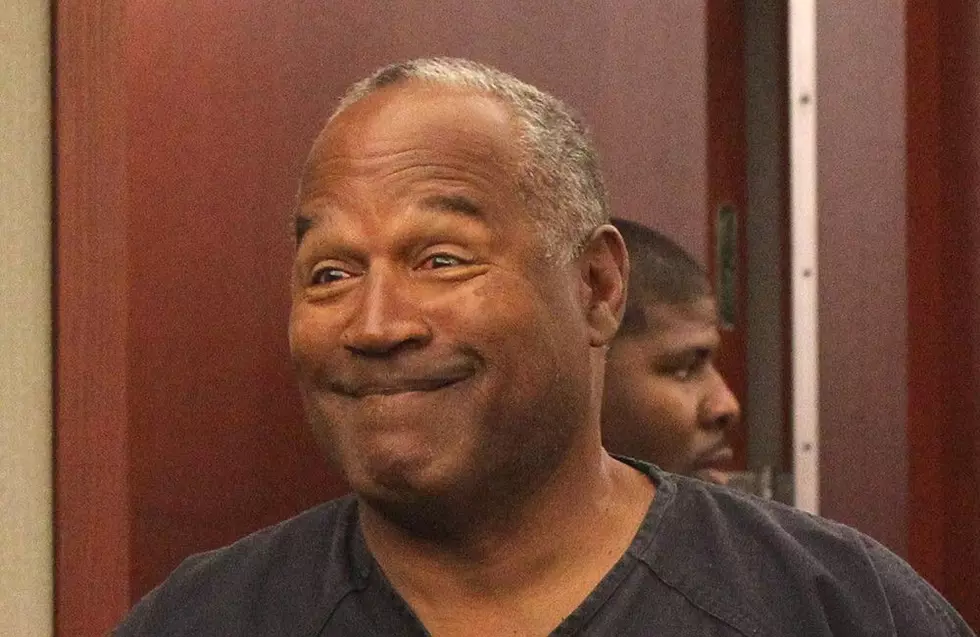
Stopped At The Battle Of Bad Axe Site On My Turbo Tour To LaCrosse
Took my Turbo Tour to Cheeseland Saturday. While cruising up the Mississippi Coast on the Wisconsin side, I noticed a Historical Marker, and took a moment to read about "The Battle Of Bad Axe." I knew I was going to ride an Indian Motorcycle from Powersports over the weekend. What I didn't know was that I was going to encounter a major indian battleground on the trip.
The site of this battle is just a few miles south of my destination of LaCrosse. A group of my moto-pals and I made the trek for a reunion. The bluffs are stunning in that Driftless region. Dubuque natives aren't usually in awe of bluffs. These are amazing. I'd only been to LaCrosse once before to see the New Orleans Saints in the now-defunct Cheese League.
We were trying to figure out how the side of this one bluff had no trees, then noticed it was a landmark of one of the crucial battles of the Black Hawk War. If that bluff could talk, what a story it would tell. When you look up at it, you get a real picture in your head of the bloody battle fought there.
Back in August of 1832, Black Hawk and his people were driven to Western Wisconsin by the Illinois Militia who had plenty of backup from the U.S. Army. According to Wikipedia, throughout the summer of 1832 they eluded capture by leading the Americans on a circuitous route around the populated lead region....
Warriors skirmished with the Wisconsin militia often enough to keep them at bay, but these engagements also kindled fear in the hearts of settlers and a desire for revenge in the minds of soldiers.
Finally, on August 1, 1832, the surviving Sauk finally reached the banks of the Mississippi near the mouth of the Bad Axe River. But rather than crossing to safety, they were caught in a crossfire between a gunboat in the river ahead of them and the pursuing troops on bluffs behind them. The next day, in the cruelly misnamed Battle of Bad Axe, the Americans again rebuffed a white flag of truce and instead indiscriminately massacred hundreds of men, women and children. The gunboat fired on defenseless swimmers as they attempted to retreat, until the Mississippi ran red with blood.
About 70 Sauk made it across only to be killed by Sioux warriors, long-time enemies of the Sauk, fighting on the side of the Americans. Small scattered groups hid after the battle in the wilderness or in hunting camps of sympathetic Ho-Chunk. Black Hawk, after the rebuke of his council on the night of August 1, left his followers and surrendered to authorities at Fort Crawford. Of his initial community of 1,200 followers who had attempted to return to their homeland, only about 150 survived.
That is a remarkable story. When you're on a moto-trip, you're in discovery mode. We probably wouldn't have stopped if we were in a car. Glad we did. Next blog, a look at a Jesse James hideaway we discovered on the Iowa side.
More From 94.1 KRNA
![My Turbo Tour vs. Isle of Man TT Road Warriors [VIDEO]](http://townsquare.media/site/676/files/2015/06/isle1.jpg?w=980&q=75)







